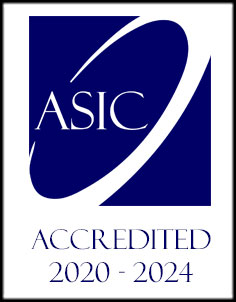Welcome
According to the United Nations Food and Agriculture Organization (FAO), "food security exists when all people, at all times, have physical and economic access to sufficient, safe and nutritious food to meet their dietary needs and food preferences for an active and healthy life”.
Course Overview
This course will provide those involved in planning for sustainable development with a clear understanding of the processes and challenges involved in strategic food security planning.
Interactive learning will support participants’ understanding of key issues in strategic food security planning, including how changing climatic conditions impact on food production, and how economic pressures, technological developments and private sector actions interact in the field of food security planning. By applying strategic planning tools throughout the training, participants will leave equipped to initiate organisational change that considers long-term trends in food security, alongside initiating effective regulation and equal access.
A comprehensive analysis of the processes behind food security planning will be provided, with subjects to be discussed including:
- Nutrition and health outcomes in food security planning
- Climate change and food security
- Food market assessments
- Land distribution and regulation
- Disaster preparedness, planning and resilience
- International trade, value chains and export strategies
- Food sustainability and technology
Experts in the field will lead this training through interactive workshops, lectures and best practice case studies, fostering innovation, creating learning and networking amongst peers.
Learning Outcomes
By the end of the course the delegates will be able to:
- Develop, construct and implement strategic plans
- Lead effective organisational change
- Apply the key principles of food security planning to their organisation
- Improve capacity and support structures, whilst reducing administrative burdens
- Analyse, enhance and evaluate performance
- Deliver services that better meet stakeholder needs


What Learners Say
Agricultural Registers and Information Board
“ One of my best online-meeting experiences. The perfect size of the group and very wisely managed timeslots helped a lot to keep focus and energy up. Skilled trainer. “